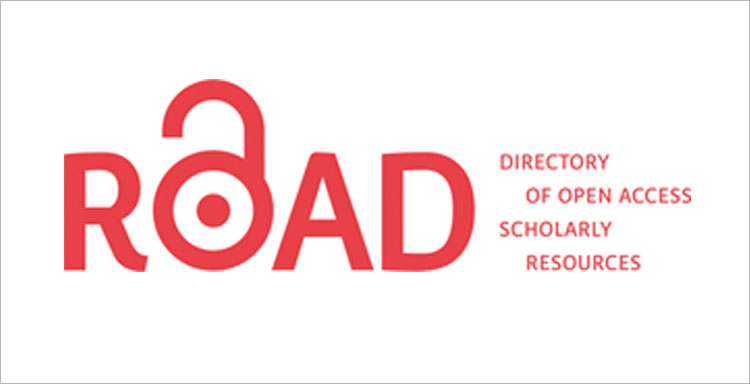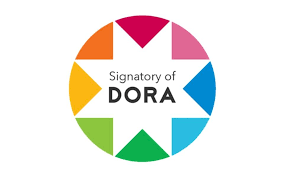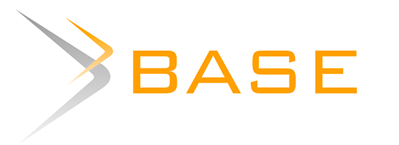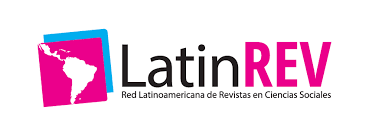Mission tenderness, child vulnerability and nonlinear canonical analysis – case manabí
Keywords:
Child development, vulnerability, Manabi, Nonlinear Canonical, distributionAbstract
This work structures socioeconomic and demographic characteristics related to vulnerability groups and people with disabilities, to achieve greater child welfare by interpreting the conditions in the province of Manabí, the documentary nature of this work allows an interactive approach using information from a survey of the MIES 2019 programs and advances in coverage, regulations among others, after an imputation of variables and individuals (n = 21184). Data were analyzed in associative variables with the nonlinear canonical method. Among the most outstanding achievements is the link of action and coverage achieved. Each time the Manaite society is aware of the essential role of preventing child risks in children's social welfare. An empirical study was conducted with the objective of identifying the associativity of variables and exploring the levels of child welfare. The results suggest that vulnerability in Manabí with the variables access roads to housing, type of housing, canton of belonging is related to child vulnerability. Social investment in Manabí has greater social development.
Keywords: Child development, vulnerability, Manabi, Nonlinear Canonical, distribution.
Downloads
References
Aldaz, C., & Albuja, W. (2017). Análisis sobre el Índice de pobreza multidimensional (IPM) basados en el módulo Bienestar subjetivo y psicológico en la medición de la pobreza en la región amazónica del Ecuador en el año 2014-2015. Quito.
Balsells, Á. (2011). La infancia en riesgo social desde la sociedad del bienestar . Universidad de LLeida, 11. Retrieved from http://campus.usal.es/~teoriaeducacion/rev_numero_04/n4_art_balsells.htm[21/03/2011
Blanco, A., & Díaz, D. (2005). El bienestar social: su concepto y medición. Psicothema.
Blanco Melo, A. F., González Rivera, E., & afblancom@correo.udistrital.edu.co. (2016). Estado del Arte de la Gestión de Abastecimiento o Cadena de Suministro en el Contexto de Proyectos. Retrieved from http://repository.udistrital.edu.co/handle/11349/2844
CONADIS. (2017). Agenda Nacional para la Igualdad de Discapacidades 2017-2021. (C. N. para la I. de D. Para, Ed.). Quito- Ecuador.
FAO. (2015). La FAO y los 17 Objetivos de Desarrollo Sostenible. ONU, 1–8. Retrieved from www.fao.org
Gaitán, L. (2006). Childhood, Social Welfare and Children ’ s Rights. Política y Sociedad, 43, 63–80. Retrieved from Elbienestardelainfanciaelosderechosdelosninos.pdf
Hermida, P., Barragan, S., & Rodriguez, J. (2018). La educación inicial en el ecuador: margen intensivo y extensivo. Analitika. Revista de Análisis Estadístico, (December 2017).
Lázaro, I., Barrutieta, A., & Meneses, C. (2014). Vulnerabilidad y exclusión en la infancia. Cuadernos para el debate (UNICEF). Madrid-España: HUYGENS Editorial. Retrieved from www.unicef.es
Leyva, M., & Palacios, P. (2016). Redalyc.¿Un mundo sin trabajo infantil? El Cotidiano, 197, 73–81. Retrieved from cotid@correo.azc.uam.mx
Molero, M. del M., Pérez, M. del C., Gázquez, J., Barragán, A., Simón, M., & Martos, Á. (2018). Cuidados, Aspectos Psicológicos y actividad física en relación con la Salud. Volumen III. (ASUNIVEP, Ed.). México: Artes Gráficas Salvador. Retrieved from Congreso UNL2020/BIbliografía MIES/LIBRO_7.pdf
Neven, D. (2015). FAO. 2015. Developing sustainable food value chains – Guiding principles. (Publications-sales@fao.org., Ed.). Roma. Retrieved from http://www.fao.org/3/a-i3953s.pdf
Peña, D. (2002). Análisis de datos multivariantes.
Salomón, A., & Bergia, M. (2017). Estado y bienestar rural en la Argentina durante la primera mitad del siglo XX. Historia Caribe, XII, 13–17. https://doi.org/DOI: http://dx.doi.org/10.15648/hc.31.2017.1
Secretaría Técnica Una, T. (2018). Toda una Vida Intervención Emblemática Misión Ternura (Dirección). Quito-Ecuador. Retrieved from https://www.todaunavida.gob.ec/
SENPLADES. (2013). Agenda Zonal. Zona 4-Pacífico. Provincias de Manabí y Santo Domingo. (Senplades, Ed.) (Zonal 4_Pa). Quito- Ecuador: Edicuatorial. Retrieved from www.planificación.gob.ec
SENPLADES. (2017). Plan Nacional de Desarrollo 2017-2021. Toda Una Vida, 1–148. Retrieved from www.planificacion.gob.ec
SENPLADES, & Información, S. de. (2018). Manual de Actualización Registro Social (Código: RI). Quito- Ecuador.
Territorio Ecuador ODS. (2018). Los ODS en Ecuador: Rol del Estado en su implementación. Boletin Informativo Panorama Sostenible (Tomo3.). Quito- Ecuador: Quito:ODS Territorio Ecuador.
Tuñón, I., & González, M. (2013). A multidimensional and rights approach to the measurement of child poverty. Sociedad y Equidad, 5. Retrieved from ianina_tunon@uca.edu.ar
Valle, C., & INEC. (2018). Atlas de Género INEC. Quito- Ecuador: Instituto Nacional de Estadística y Censos. Retrieved from www.ecuadorencifras.gob.ec
Zubieta, E., & Delfino, G. (2010). Satisfacción con la vida, Bienestar psicológico y Bienestar social en estudiantes universitarios de Buenos Aires. Anuario de Investigaciones. Retrieved from anuario@psi.uba.ar
Published
How to Cite
Issue
Section
License
Copyright (c) 2020 Revista Científica Multidisciplinaria SAPIENTIAE. ISSN: 2600-6030.

This work is licensed under a Creative Commons Attribution-NonCommercial-ShareAlike 4.0 International License.


2.jpg)


















